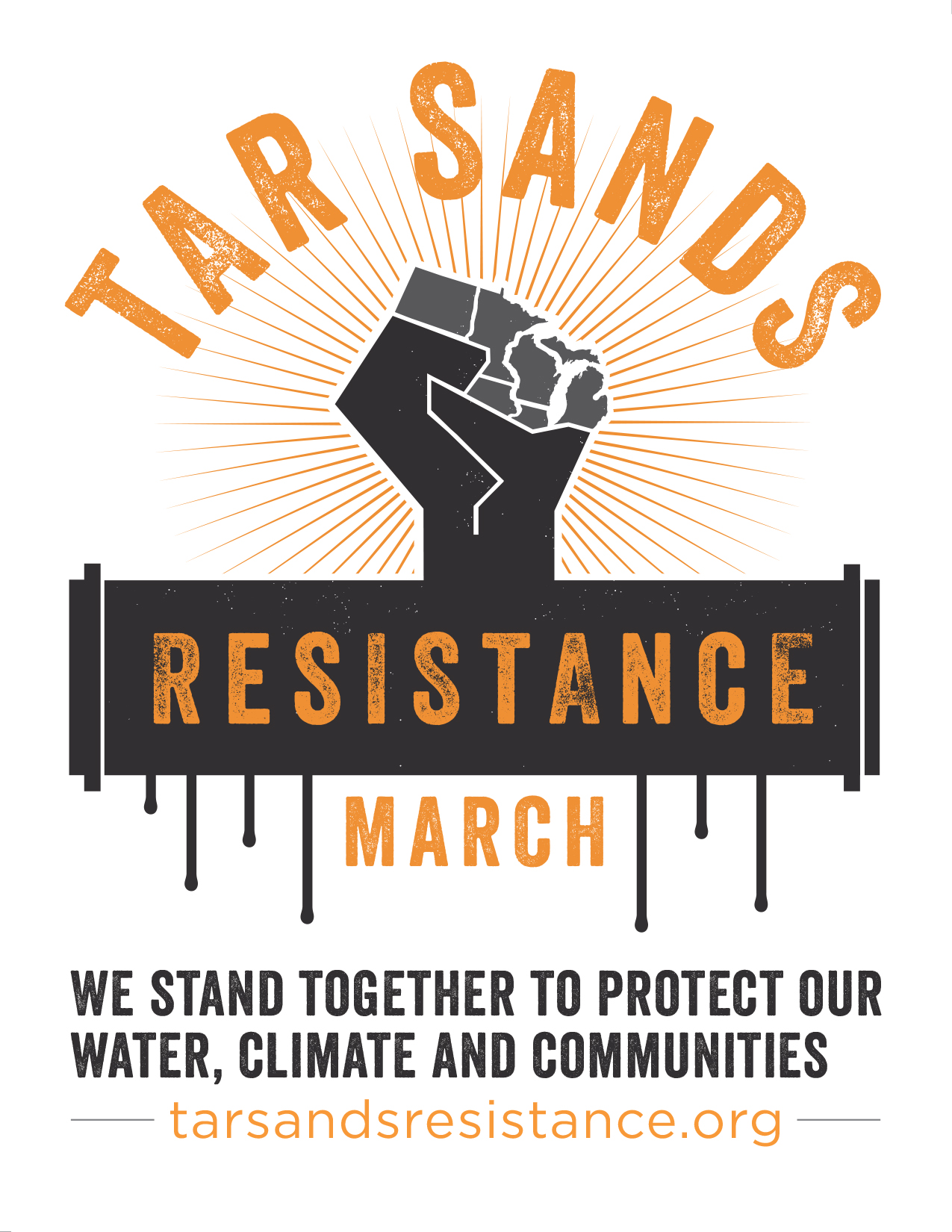- Blog
- Food & Agriculture
- The fight continues against Keystone XL and the tar sands invasion
The fight continues against Keystone XL and the tar sands invasion

Donate Now!
Your contribution will benefit Friends of the Earth.
Stay Informed
Thanks for your interest in Friends of the Earth. You can find information about us and get in touch the following ways:
A dirty fuel is quietly creeping over the Canadian border and invading the Midwest. In the more than six years that we have stopped the Keystone XL tar sands pipeline from being built, numerous other tar sands pipelines have been proposed, with some already constructed. The production and extraction of tar sands emits three times as much carbon dioxide as does the production of conventional oil. We cannot encourage the proliferation of this dirty resource. The United States has taken positive steps toward reducing its carbon pollution, including strong fuel efficiency standards that would cut greenhouse gas emissions by up to 20 percent by 2018 for medium-to-heavy-duty trucks, and the construction of the Keystone XL pipeline would effectively neutralize those reductions.
Friends of the Earth is calling on concerned citizens to rally against this hazardous fuel. This Saturday, June 6, in St. Paul, Minn., people will come together to protest the tar sands invasion, marching from Lambert Landing to the State Capitol Lawn. This rally is a continuation of the successful fight against the Keystone XL pipeline that thrust tar sands into the national spotlight.
Through its Freedom of Information Act requests, Friends of the Earth has revealed many troubling conflicts of interest in the State Department’s assessment of Keystone XL. Lobbyists with close ties to former Secretary Clinton, including her former campaign manager, actively lobbied the State Department on the pipeline. TransCanada also inappropriately influenced the selection of the firm that would conduct the environmental impact study on the pipeline. In a clear violation of regulatory rules, Cardno Entrix, which listed TransCanada as a “major client,” was eventually selected. Friends of the Earth continues to expose the tangled web of interests behind the Keystone XL pipeline, including the State Department’s attempts to inappropriately censor communications related to the Keystone XL pipeline.
Keystone XL has stirred furious protests, both in Washington, D.C., and in communities along the proposed pipeline route. These citizens — and our environment — scored a major victory this February when President Obama rejected legislation to approve the pipeline. The president’s veto demonstrated that concerned citizens can make a difference. We must build on the momentum gained from that victory and fight against the continuing threat of a tar sands invasion.
This fight is not just about Keystone XL. Stopping Keystone XL will slow down the industry, but the grim reality is that even if the push against Keystone XL succeeds, tar sands proponents already have multiple pipeline proposals in the works. One of these is an expansion of the Alberta Clipper pipeline, which Canadian energy company, Enbridge, has proposed. The State Department has aided Canadian energy company Enbridge by allowing a “bypass” pipeline — which does not require an environmental assessment — to be built instead of a totally different distribution system. This manipulation of procedural rules in the building of this pipeline would ensure that about 800,000 barrels of tar sands will flow into the U.S. every day. For those keeping track, that’s the same number of barrels that would cross our border through the Keystone XL project.
Enbridge’s poor pipeline safety record should further heighten concerns about the Alberta Clipper expansion. One Enbridge pipeline has already spilled over 840,000 gallons of heavy crude oil in the Kalamazoo River in 2010. Three years later there were still roughly 180,000 gallons of crude left in the river. The cleanup expense has totaled $1.2 billion. No pipeline carrying poisonous and volatile resources ought to be approved without an environmental impact assessment, let alone one owned and operated by a company that is responsible for a spill the magnitude of what we saw in Michigan.
Even beyond the Alberta Clipper expansion, fossil fuel companies have proposed a multitude of other pipelines, some of which have already been built, that would carry tar sands across the border from Canada. This is why we need all of you who fought against Keystone XL to rise up once more and stop this dirty fuel from polluting our air and water. Stopping tar sands is key to stopping catastrophic climate disruption from occurring all across the globe. This rally promises to be the largest anti-tar sands action in the region — one that forces politicians to heed our call and stop the dirtiest transportation fuel on Earth.
Photo Credit: Mark Koltz
